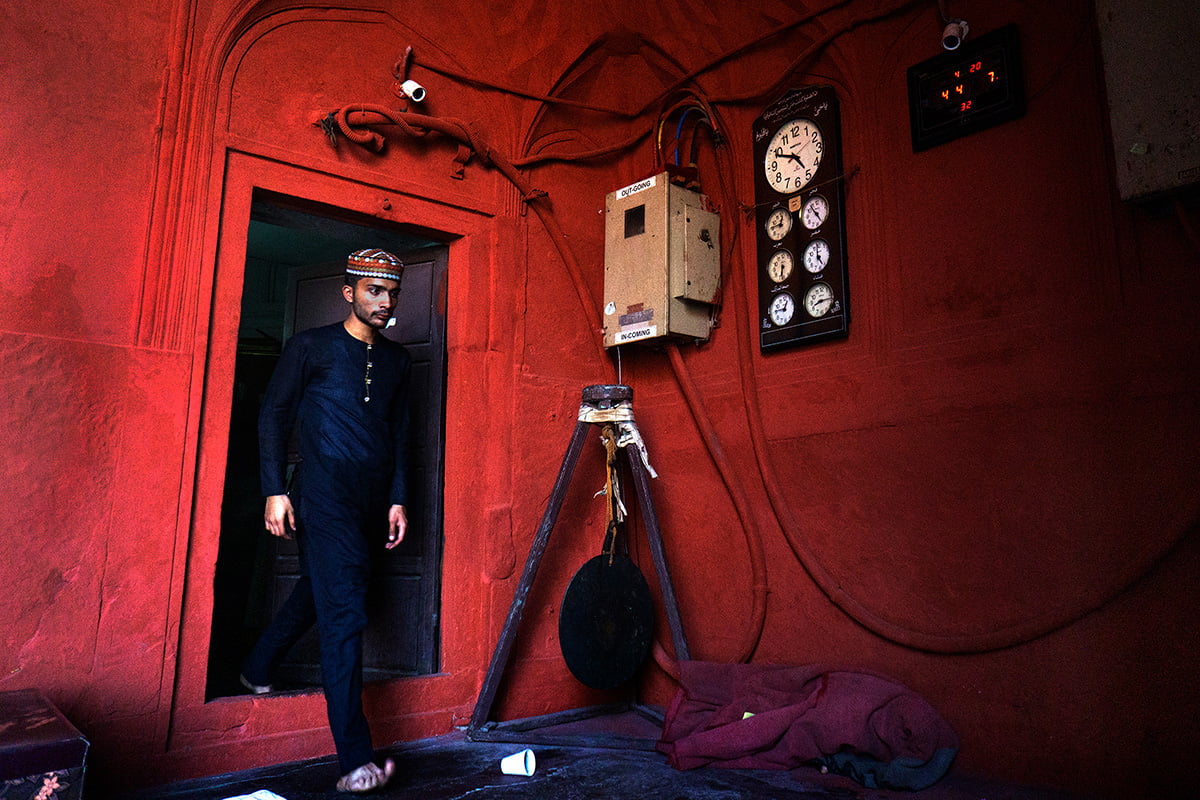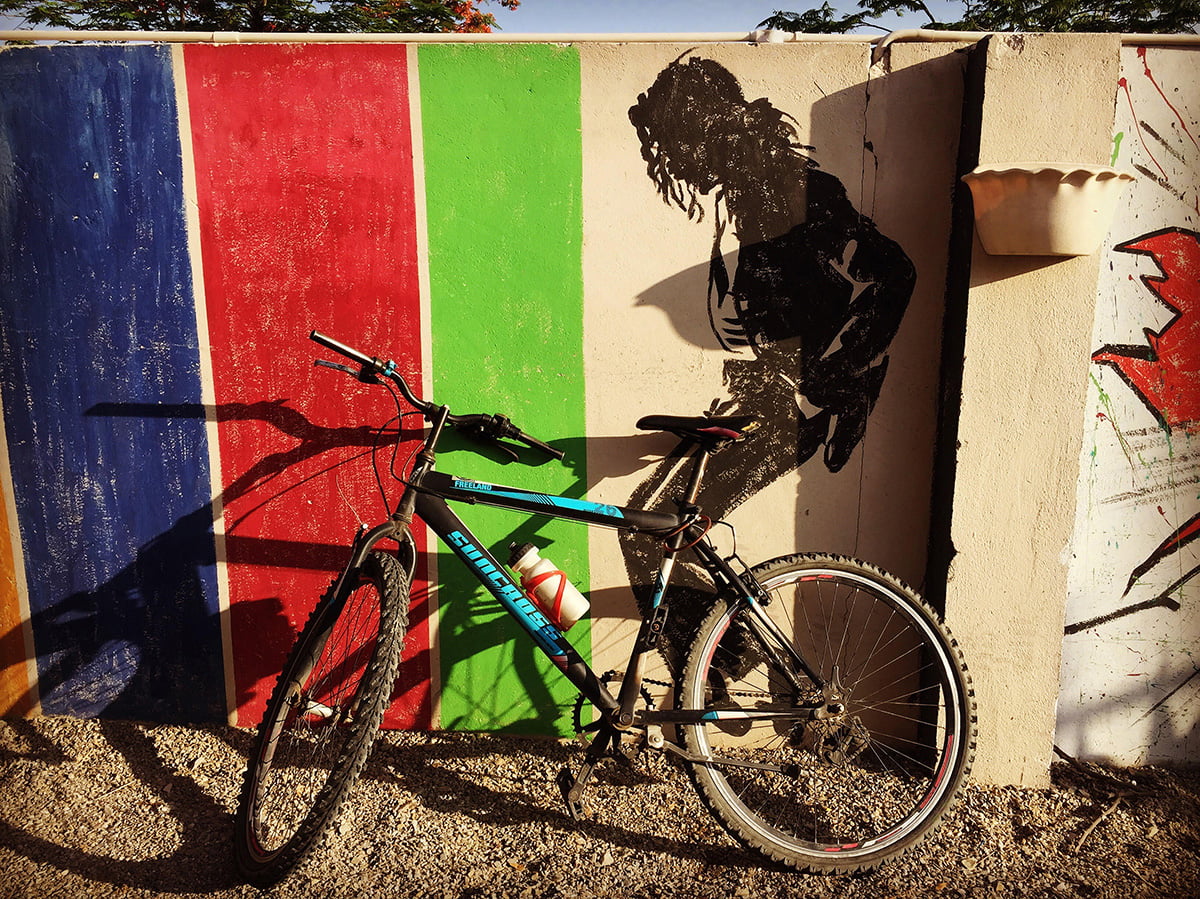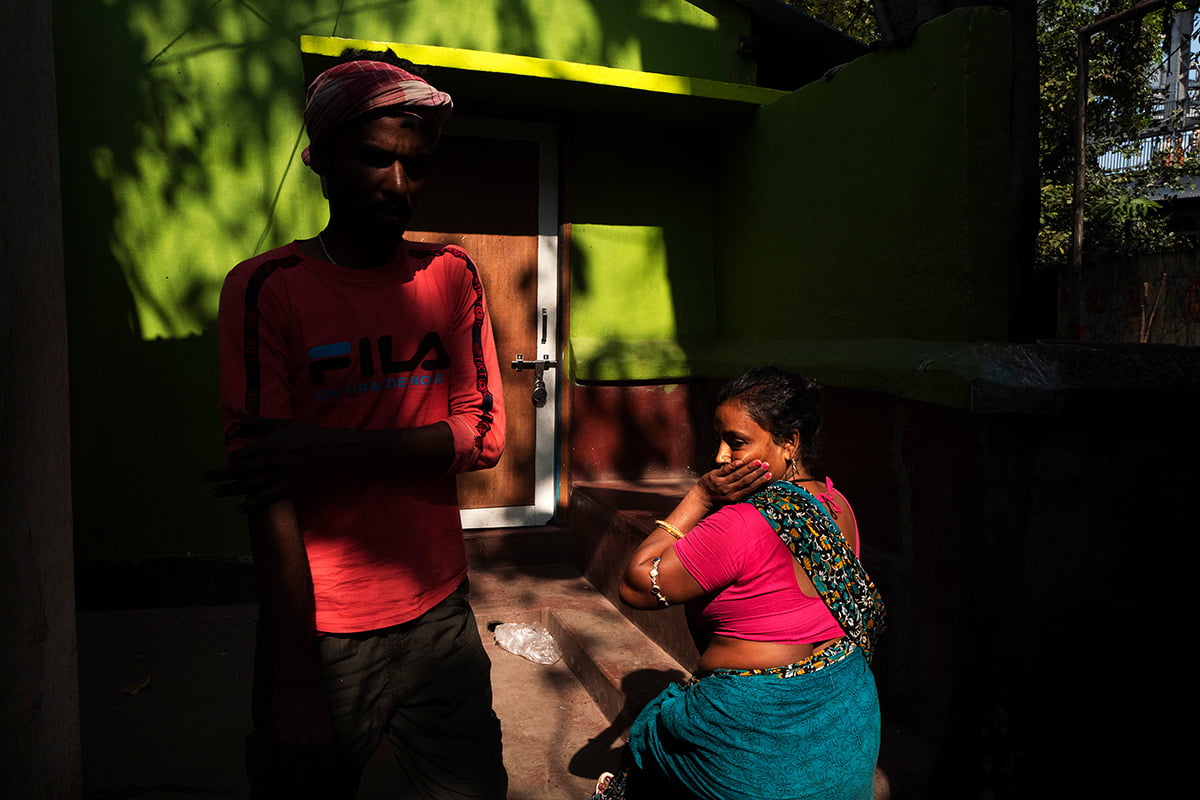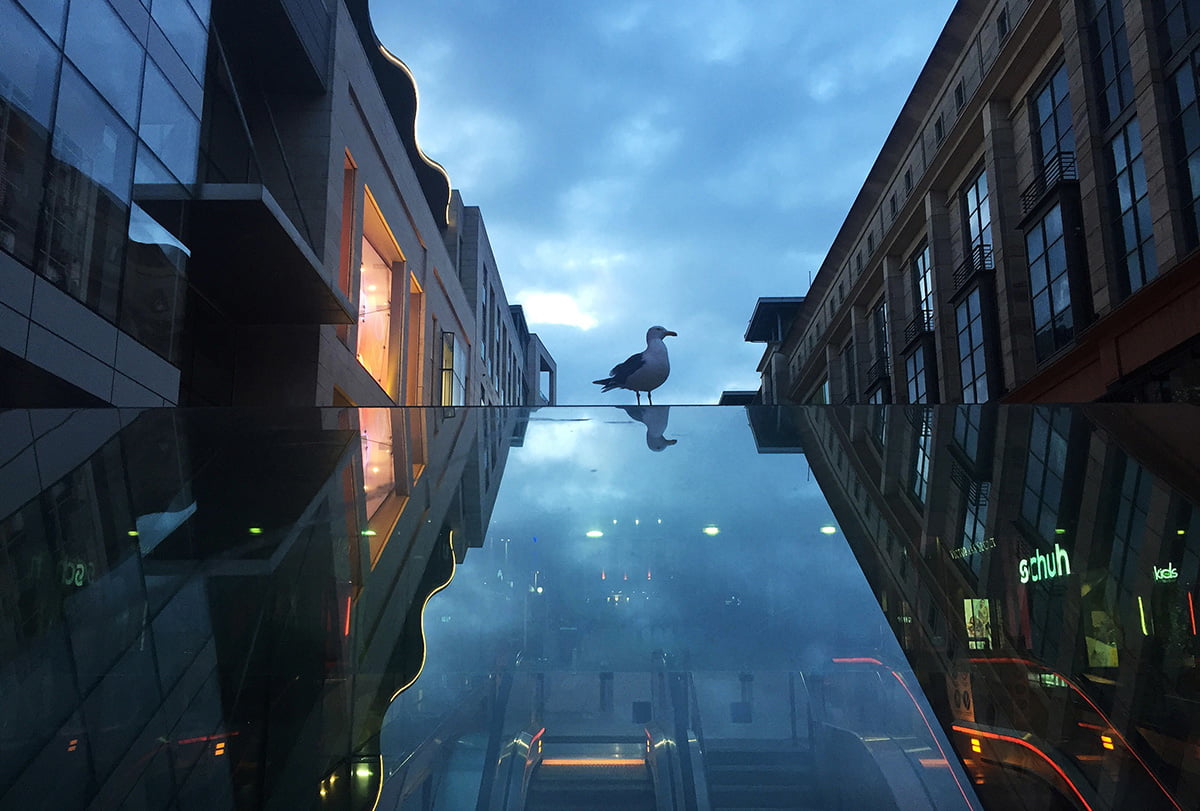Interview with street photographer
Bhaskar Kundu
Practice to develop the reflex, practice to be bold and practice to develop love and passion, these are the 3Ps of photography.
Interviewed by Rupam Dey
Photographs by Bhaskar Kundu
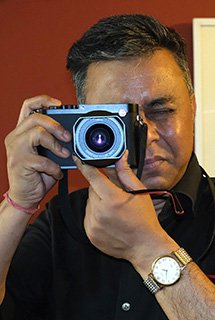
Bhaskar Kundu
A corporate professional and a passionate street & documentary photographer, Bhaskar started his photography journey during his first year of college with an analogue camera. However, because of professional priorities photography took a back seat. His hidden passion reignited again in 2007 when he took up the camera again and started his journey as a street photographer. In recent times, along with his innate habit of shooting, Bhaskar started mentoring people who are interested in street photography through his tutorials, blogs and workshop-based sessions.
In this interview for Exposure, Bhaskar talks to our program director Rupam about his journey of photography.
1. Let’s start from the beginning, how did you get involved in photography and how it evolved in you?
I started playing with my camera when I was in my first year of college. That was a click shot camera gifted by my mother on my birthday. It did not interest me much. So, I waited until I got a better one with my first earning. It was a film camera and a great toy to play with. I still have some strong memories with it. I created a small studio at home with some basic lights and started experimenting with family members. My son was six months then, and it was a great opportunity for me to capture some genuinely great moments. Moving ahead, after my graduation, I started working with the Swiss food giant Nestlé. With job pressure mounting up, photography took a back seat after a spell of three interesting years with my film camera.
Several things happened since then. The hidden passion reignited again in 2007 when I bought a DSLR and started shooting in Chennai, where I was posted back then. Engagements with the Photographic Society of Madras kept me busy, and I slowly immersed into the captivating world of photography. I moved back to my home city Kolkata in 2012. Camera and lenses changed for good. Changes in brand, changes in quality, changes in size…and eventually some small ones for my daily street photography. I always had an inclination for photographing people in their candid moments. Practising and nurturing this over the last few years, it has been very interesting and satisfying for me.
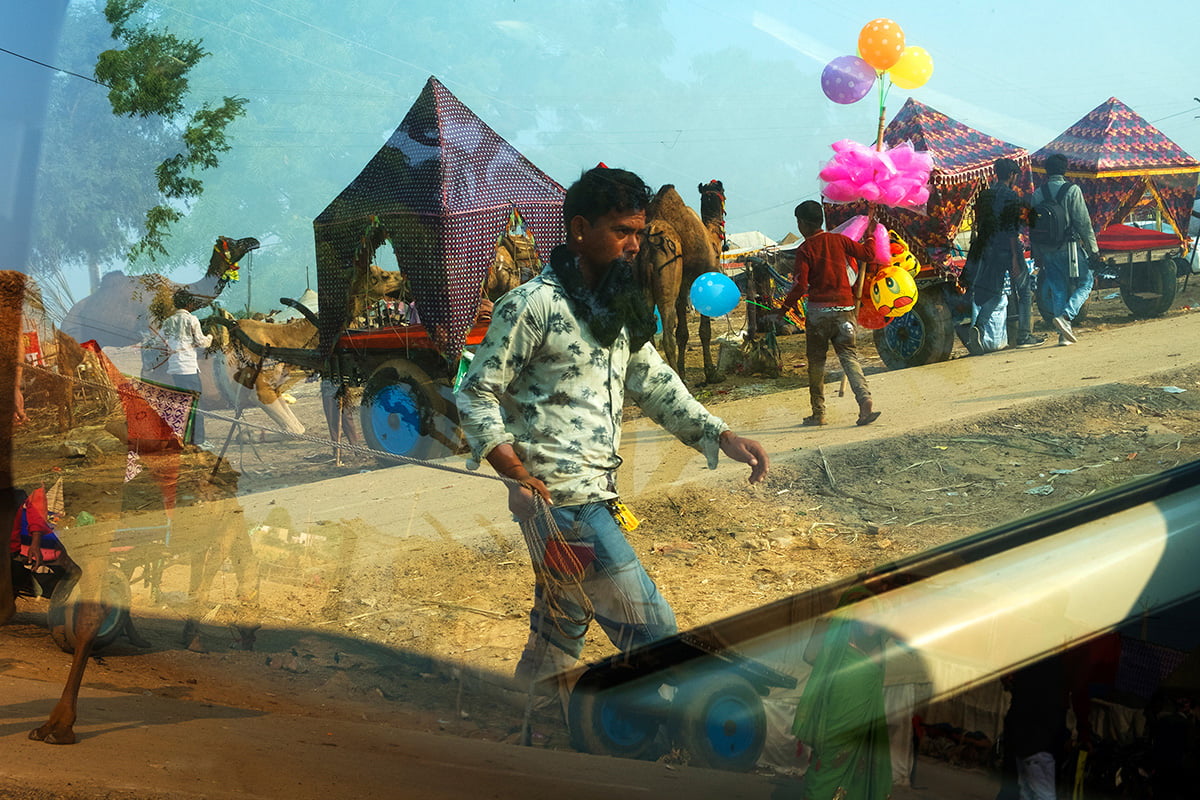
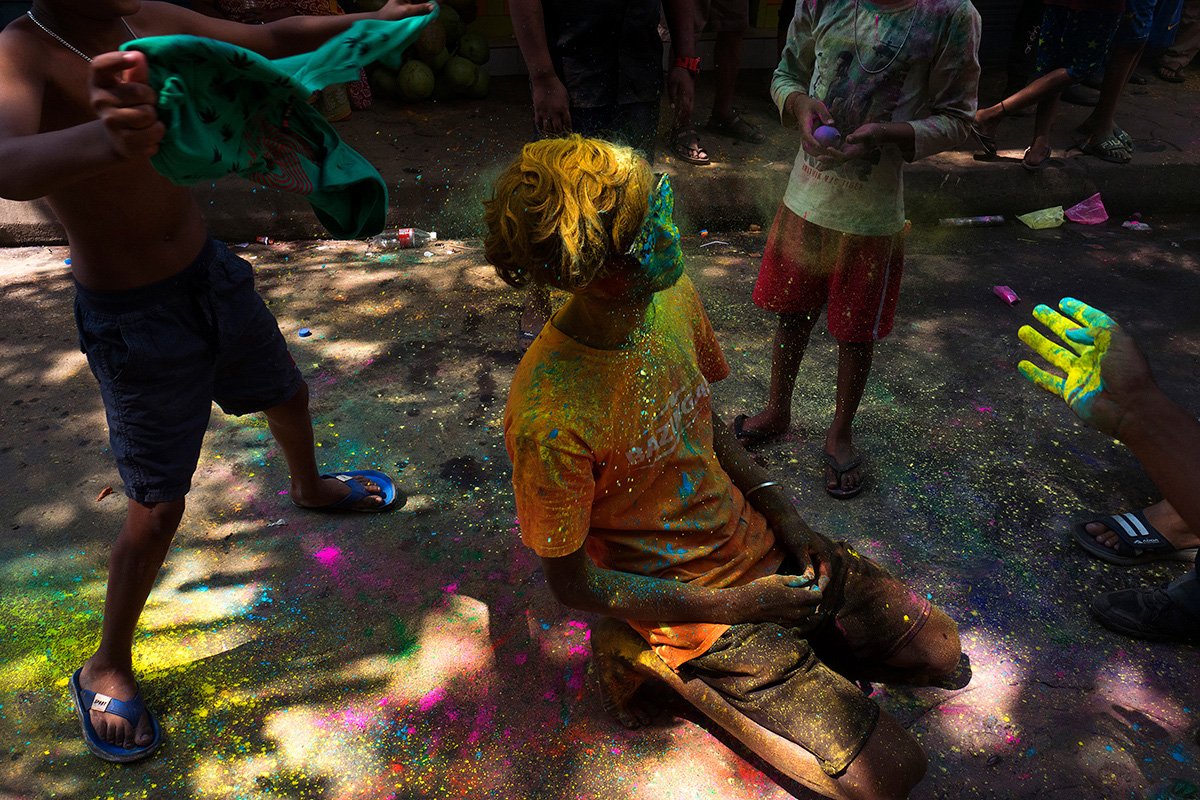
2. Okay, so that’s how you became a street & documentary photographer. What do you always try to portray through your images?
My aim as a street photographer is to capture that one magical moment that occurs all of a sudden, in a public place. It could be a moment of interaction between two people, a group of people, people with animals on the street, or an unusual gesture or facial expression which tells a story. Henri Cartier-Bresson used to call it the “decisive moment”.
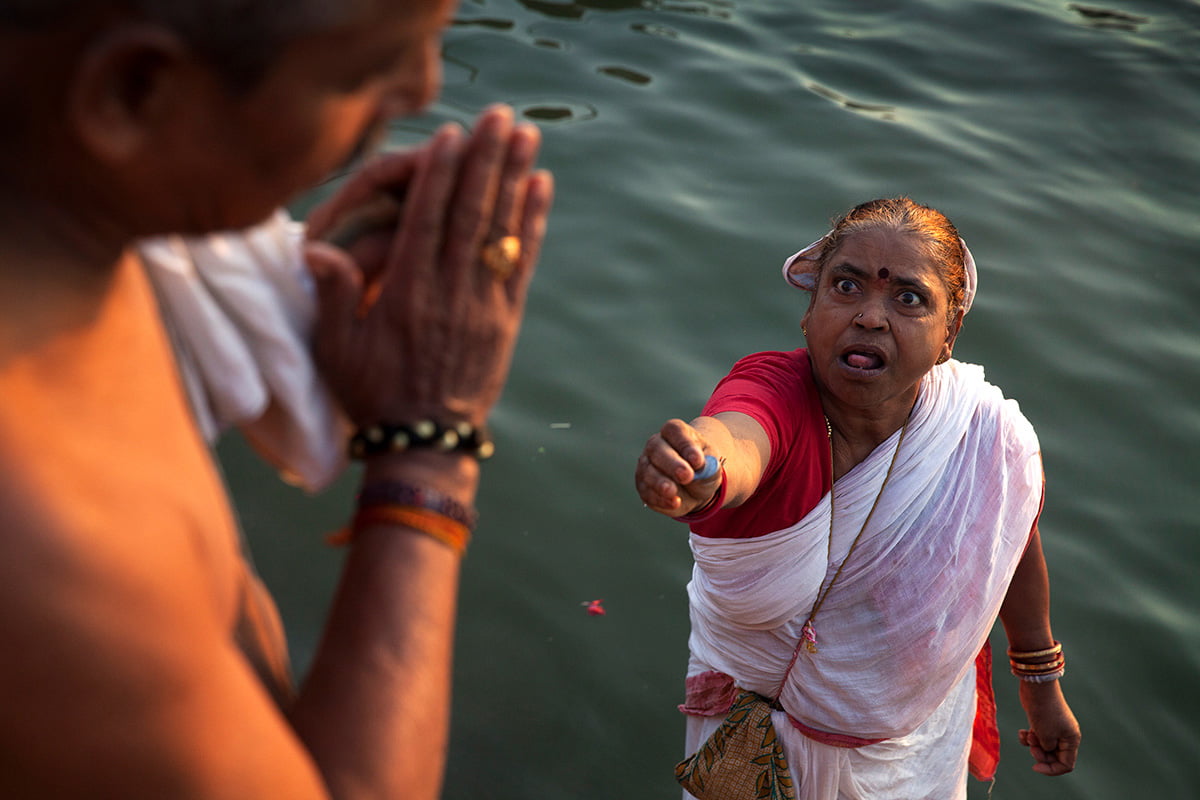
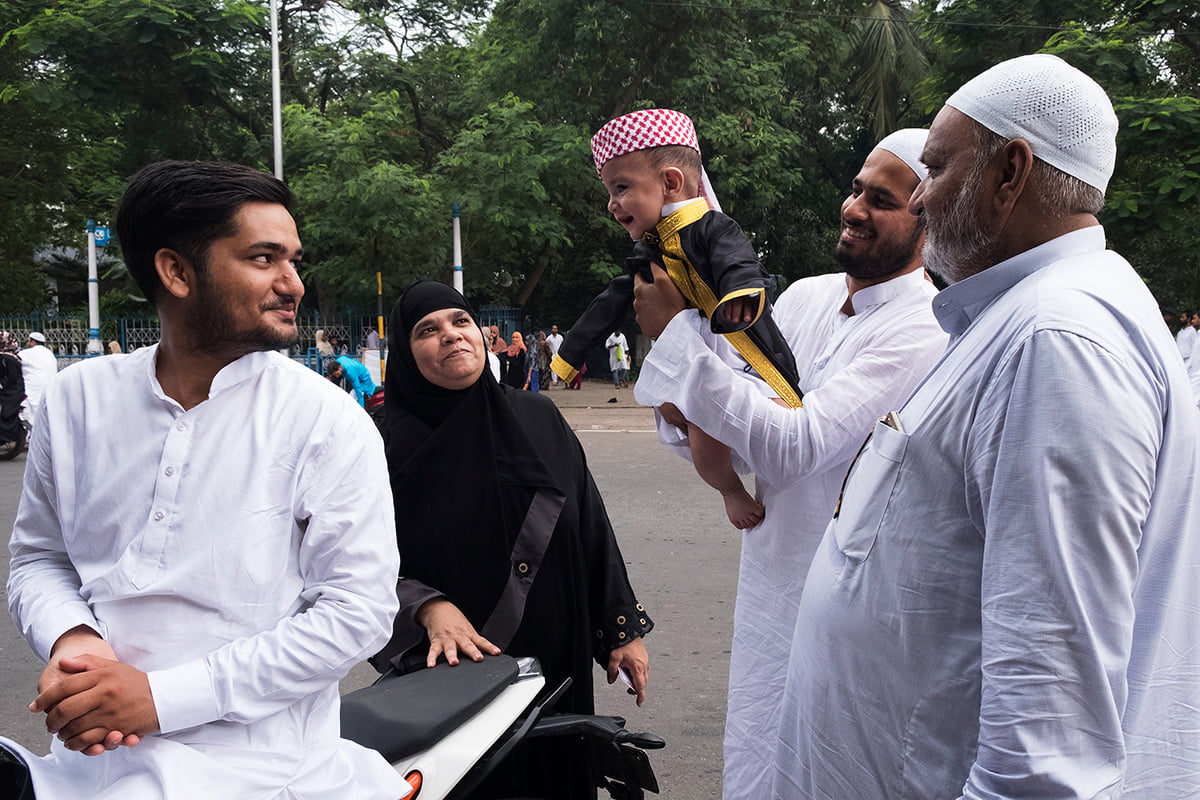
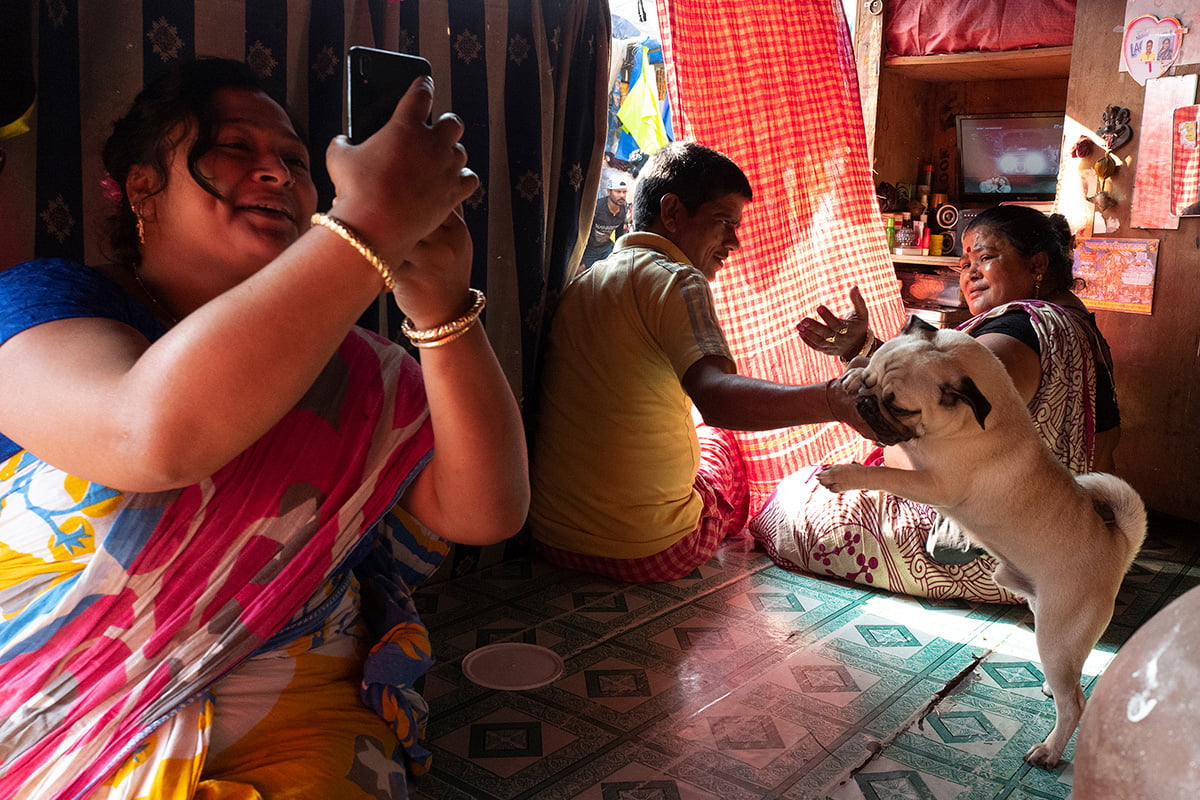
3. If you could go shooting in the streets today with any other photographer, who would it be and why?
I would blindly choose Henri Cartier Bresson. I think he would be a choice for many like me or even some of the great contemporary photographers. He was a visionary, a photographer who could smell a frame which would unveil the next moment. I wish I could go out on a photo walk with him!
The next few names which come to my mind are Alex Webb, Raghubir Singh and Raghu Rai. Alex Webb is a master in colour & light. Raghubir Singh was ahead of his time always with strong compositions, control over colour and storytelling. Raghu Rai, we all know is a master in so many ways. His creations are soulful. I would have loved to go out with them and observe their style of working, how they think, how they visualize, how they absorb and create magic in their frames. I am also hugely inspired by Rohit Vohra and draw a lot of inspiration from his work and sayings.
4. Everybody seems to have different definitions of “street photography”. Do you adhere to rigid rules, or something broader? What is your definition?
I think we should not be worried so much about the definition and its boundaries. If we do so, we will be constrained. I was reading an interesting article written by someone which said, “subject matter for street photography has certainly broadened in the past decade. In the days when I started doing photography, it was pretty straightforward: black and white shots of people filling the frame. Today almost anything goes and those who are shooting that “anything” vigorously defends their right to call it street photography”. London-based street photographer Nick Turpin has said, “It is actually all the other forms of photography that need defining…street photography is just photography in its simplest form.”
My personal view is that, while developing your own style and being contemporary in approach, our photographs should capture that interesting moment, which would have otherwise been missed by many in that particular place. It should also carry life and emotion to a great extent.
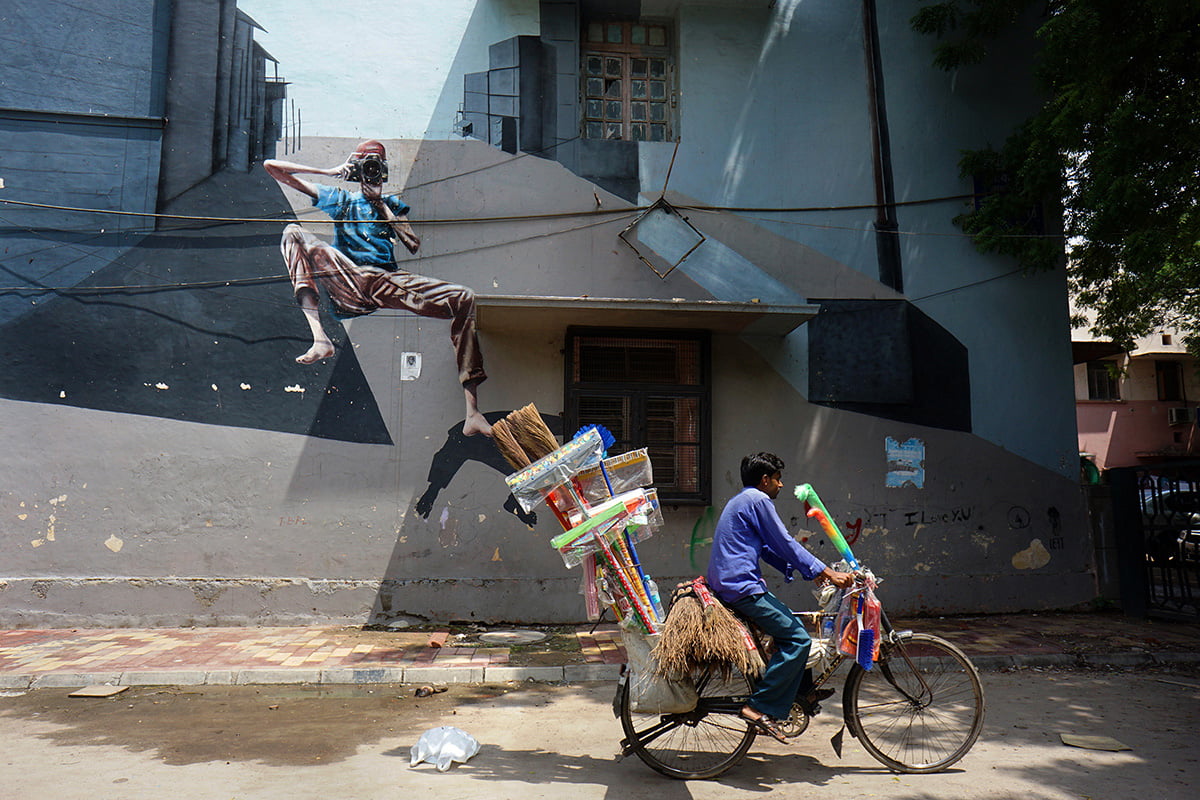
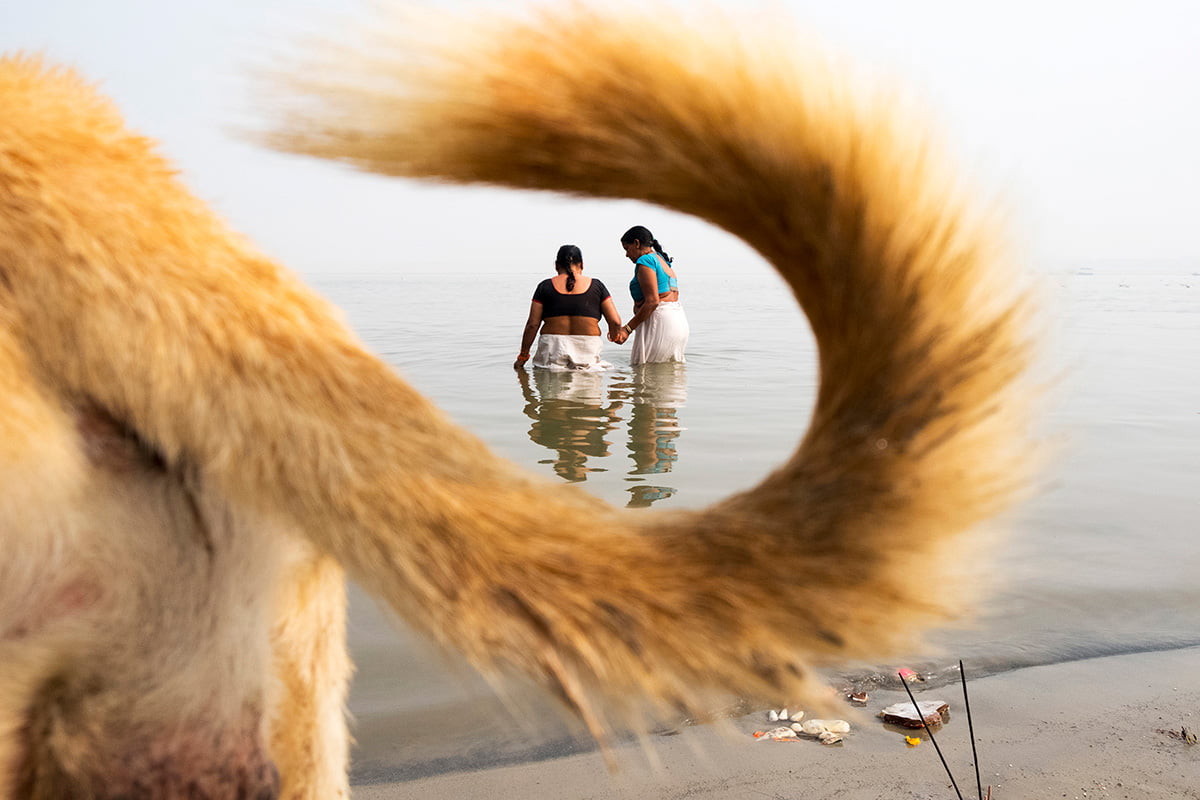
5. What is the element that differentiates street photography from other genres? And what is the most challenging thing in this genre of photography?
Every genre is interesting and challenging in its way. In many genres, you can plan things and prepare accordingly. However, street photography cannot be planned. You can anticipate a moment, you can apply fishing techniques in some cases, but if you are serious about capturing that “decisive moment”, then you have to be fast, focused and flexible in the streets with your camera always ready. The camera settings are equally important here so that you don’t miss that moment.
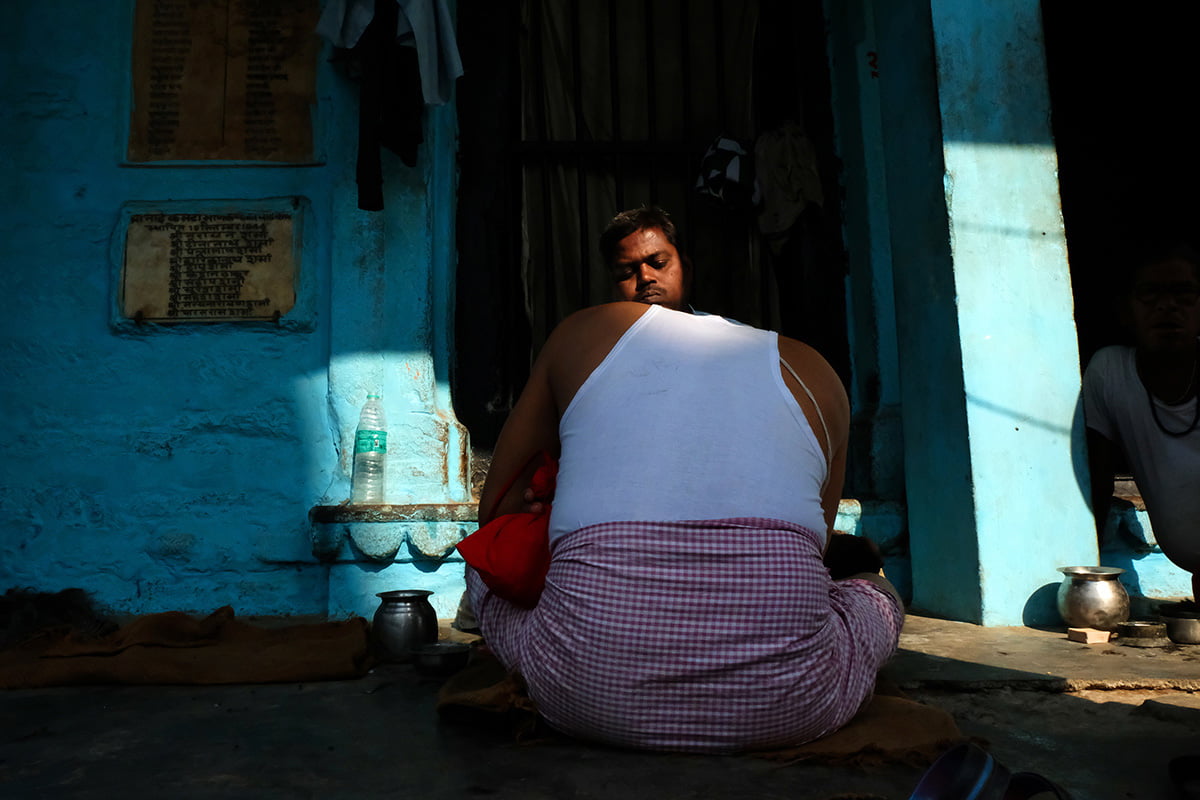
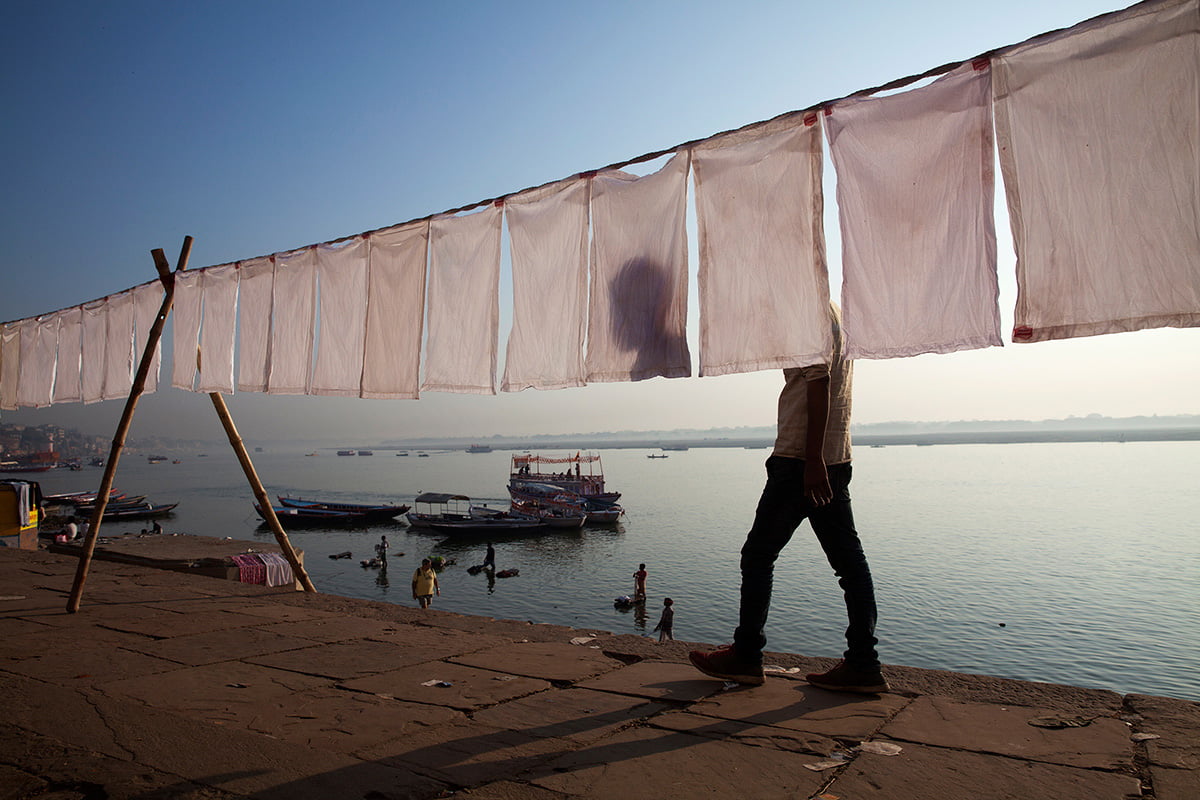
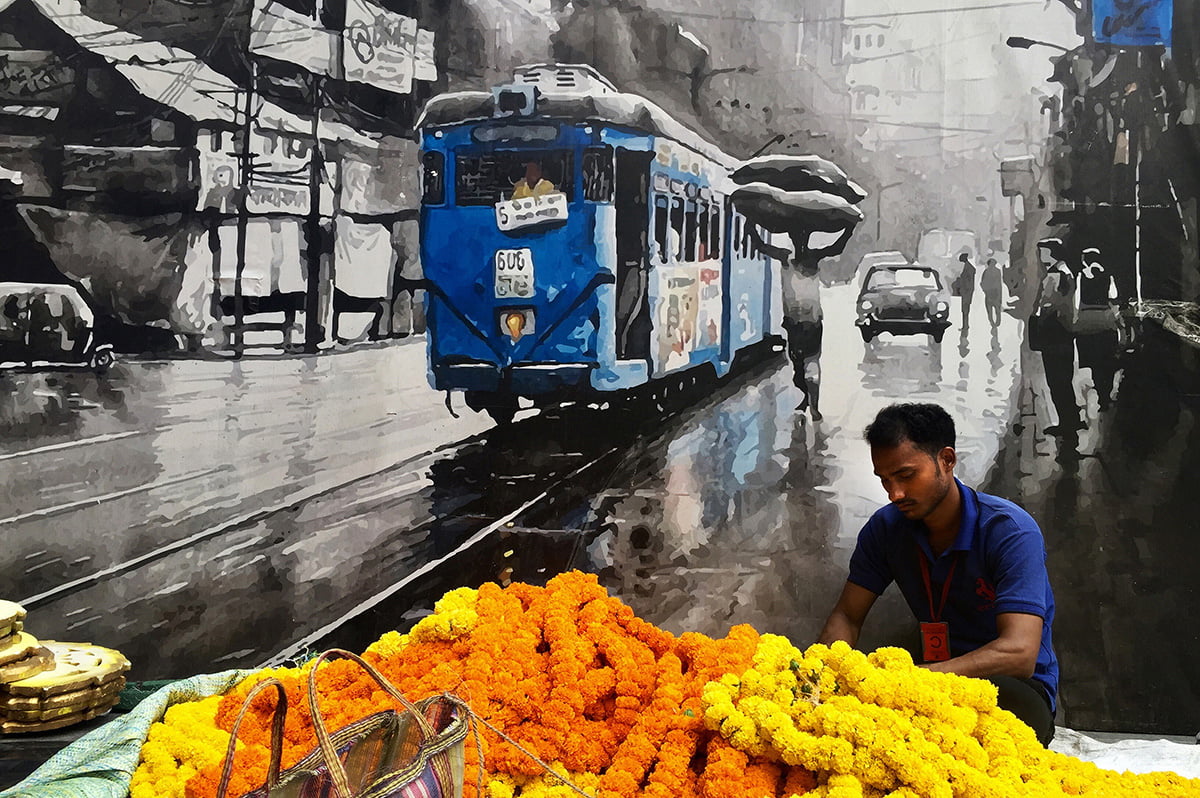
6. Sometimes taking a shot in the street could be difficult; dealing with people’s reactions or making sure it is not invasive in the various situations that could arise, is not always easy. What is your approach in these circumstances?
Yes, this is true to some extent. Since our subject is mostly people in their candid moments, sometimes there might be objections from them. This is quite predominant in some western countries. India is still better. In many places like Varanasi, Kolkata, Delhi, Mumbai, people usually do not object taking their photographs in public places. Probably they are used to seeing so many photographers in recent times, roaming around with their camera and taking photos. However, many street photographers in their initial days feel shy to shoot people on the streets, which they overcome gradually.
7. What is the line you don’t cross while shooting? Are there any ethical rules?
I keep telling always that, if anyone objects you, should not forcefully photograph them. If they want you to delete their pictures, you should delete that. I follow this always. Another point is that I would like to stress upon here, in some genres of photography like street, documentary, photojournalism, you should never stage any scene. It should be candid and in its truest form. As photographers, it is our responsibility to ensure that these basic ethics are followed.
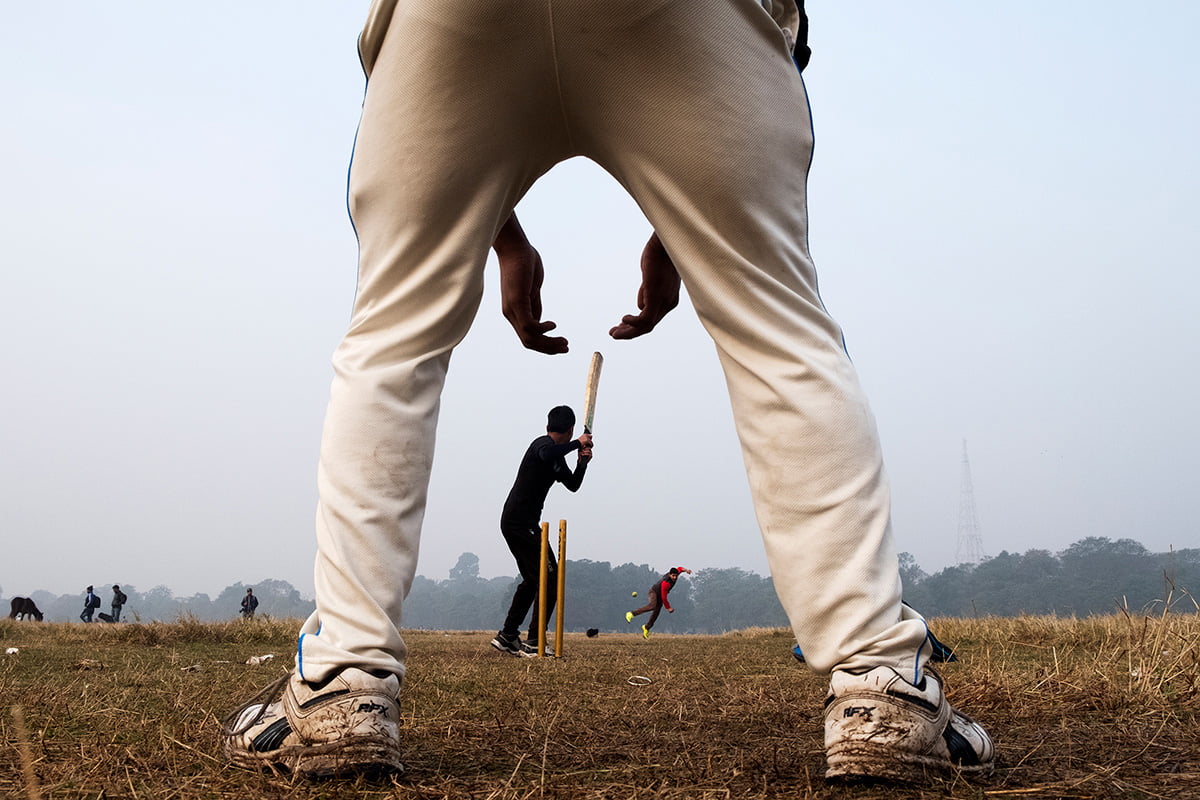
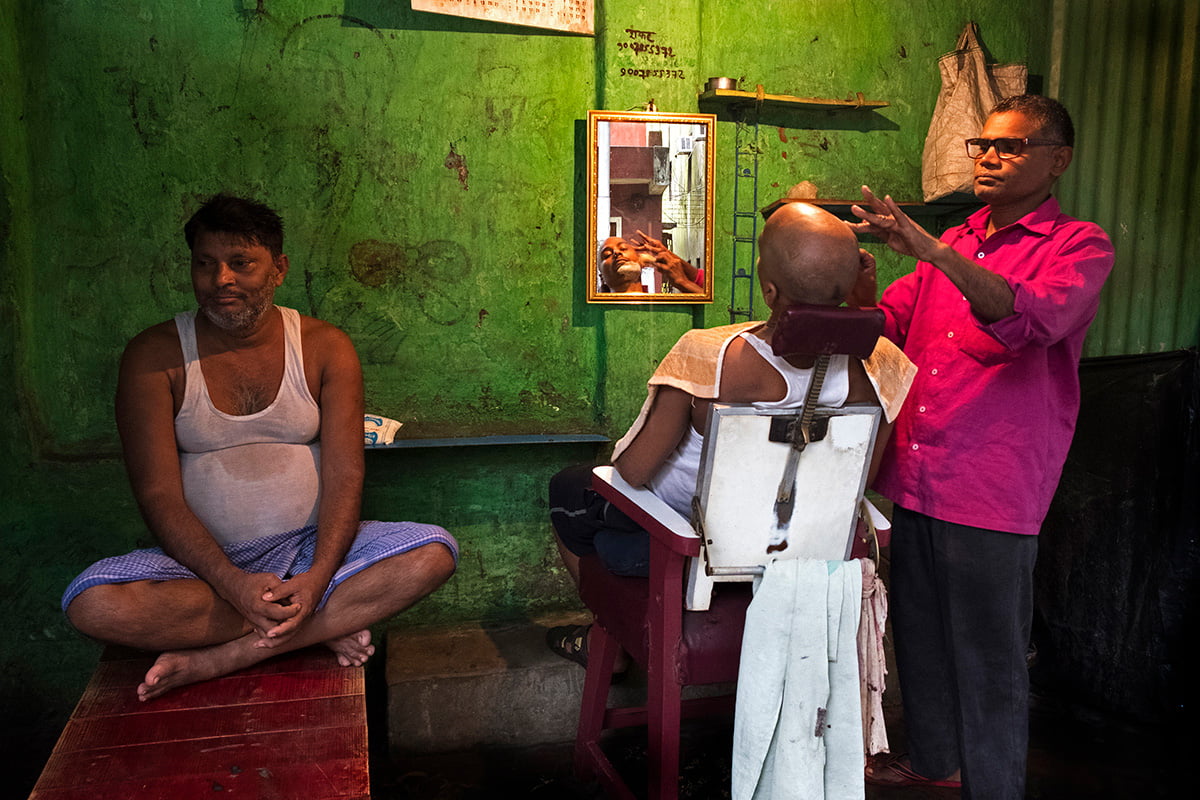
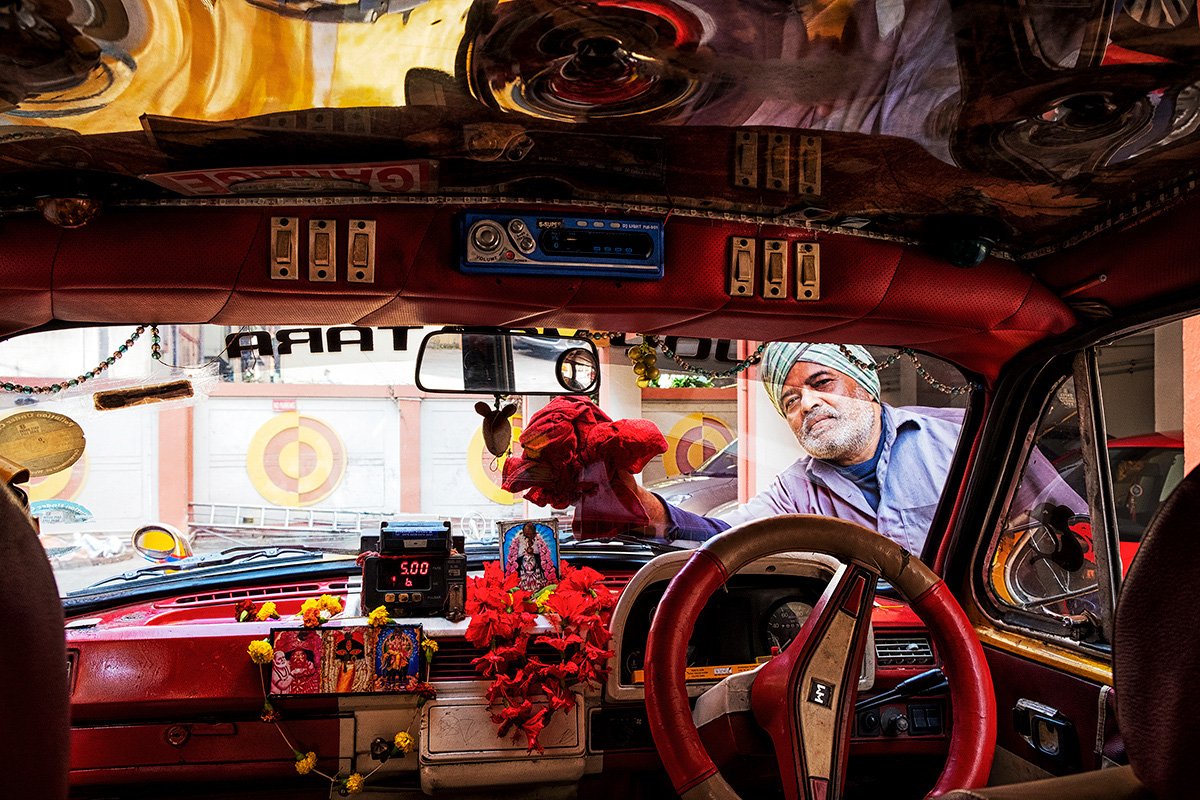
8. In a street photo, do you think that light contrasts are important to tell a story or are they just an aesthetic aspect?
Light contrasts or high contrast street photography is a widely used form nowadays and works equally well with black and white and colour. According to me, one can create wonderful frames using this aspect which can be very intriguing. While we cannot ignore the fact that they create high aesthetic aspects creating three-dimensional feel with lines, curves and shapes, many a time they can tell beautiful stories as well.
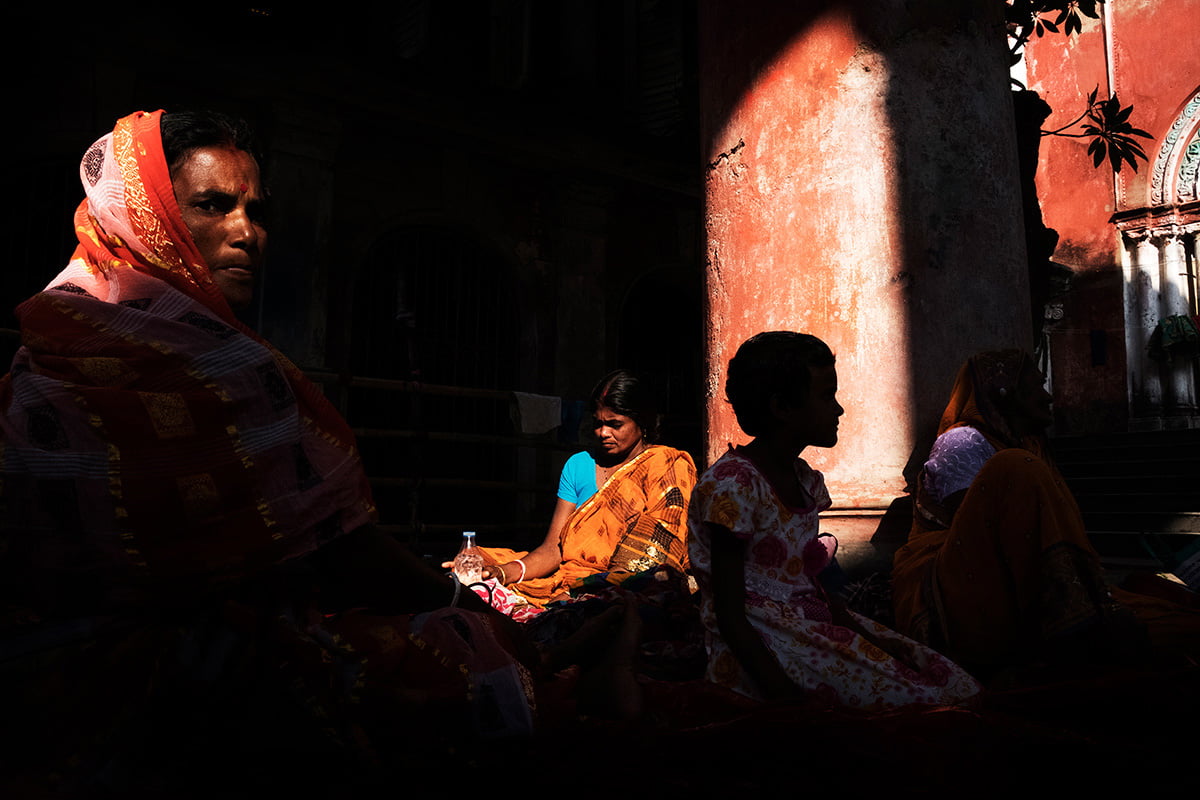
9. In recent days, Street Photography has caught on, and many photographers, especially the budding ones have become keen on it. What do you think is the reason why many of them prefer to shoot on the street?
Street photography is not new. Perhaps the name “street photography” is used very widely and frequently today. Many times it is used in the wrong context as well. But leaving that aside, I think people today have access to digital camera, phone camera, quick processing of images digitally, etc. which has enabled so many people to take up photography, irrespective of the genre.
10. “Previsualizing the frames before arriving at the site”, does this help? If yes, how?
In street photography even if a place is known to you and you have visited it several times, it is rarely possible to previsualize a frame. Yes, of course, you can think of a cliché frame at that place, but to get a ‘decisive moment’, you cannot previsualize. But if you are familiar with the place, it might help you to prepare accordingly. There are certain things about the place that you would already know. For example, if a place has a lot of pigeons and human activities and you often visit there, then you can be prepared to get some different shots each time you go to that place.
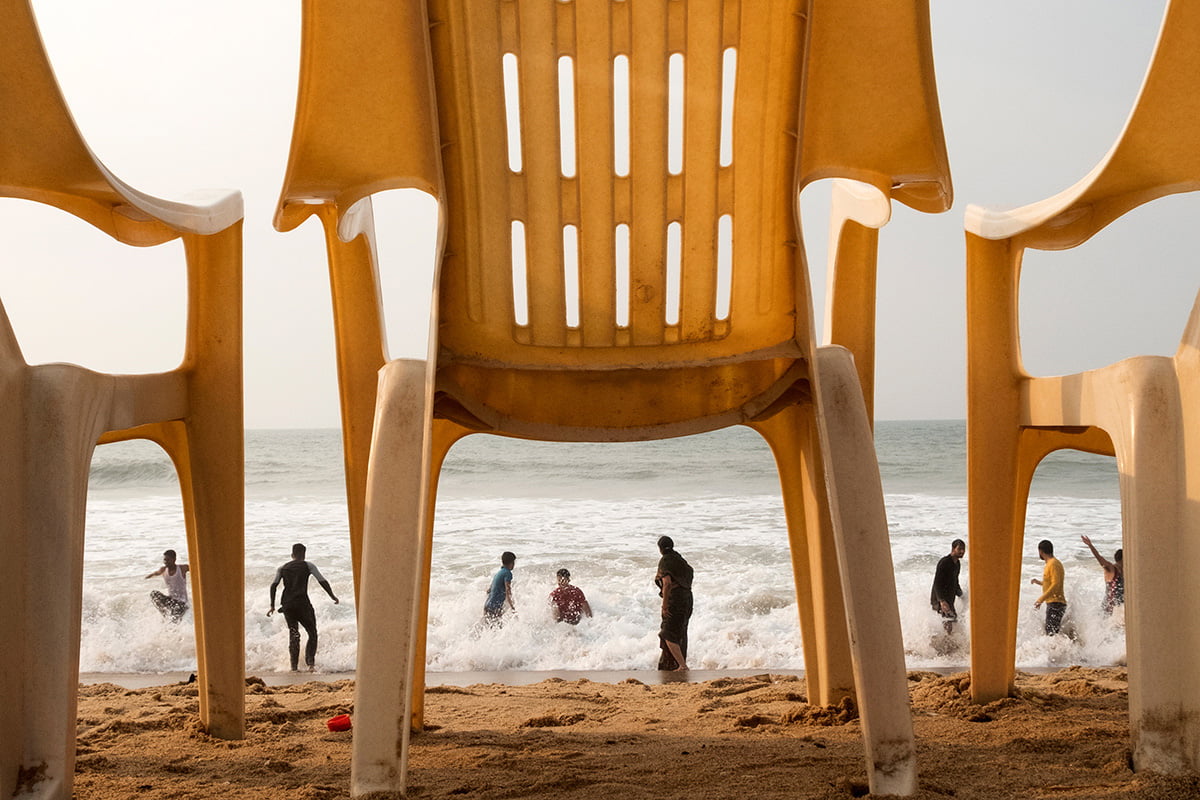
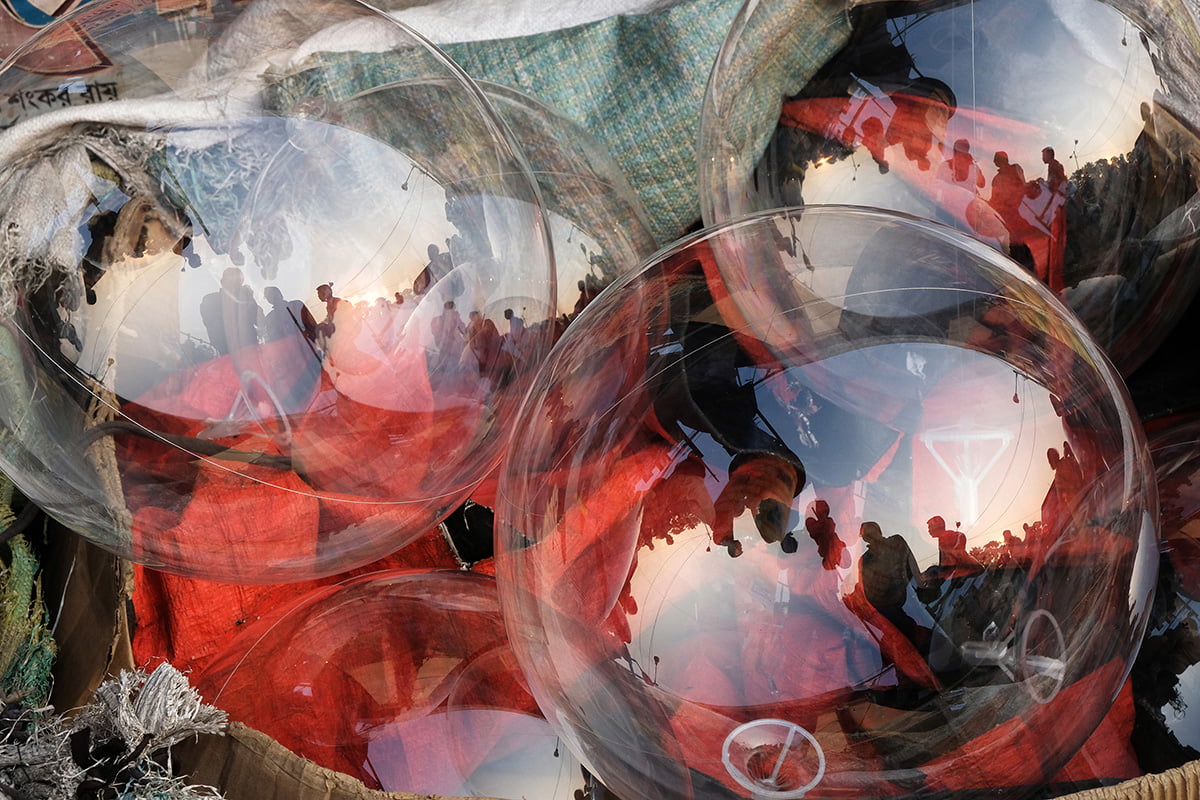
11. Equipment plays an important part in every genre of photography; how much truth prevails in this statement? What equipment you are currently using?
While it is said that a typewriter does not write the novel, similarly a camera does not create the photograph. It records the information that the photographer wants to record. But equipment also matters, and let me tell you why – firstly there are some commercial genres like fashion, food, product, wedding, etc. which would definitely need a piece of high-quality professional equipment, and I think the reason does not need to be explained. Secondly, irrespective of genres, if someone wants to create high-quality prints for selling or for exhibition, he/she would require a higher megapixel, good quality equipment for street, travel, etc. Sometimes you need to shoot in low light, in that case, you need a camera with a good quality sensor and fast lens, which performs smoothly in low light. So, yes equipment does matter, but it is not a limitation. Please remember that a good photograph is remembered by its author and not by the camera model!
I am currently using a Leica Q which has a fixed 28 mm f1.7 Summilux lens and a Fujifilm X100v which has a fixed 23mm f2 lens. Both are very compact mirrorless cameras.
12. So, you are a mirrorless user, how do you see the technology expanding or changing in the coming years?
I am not from the camera industry, but I think mirrorless is the trend now. These are also compact, easy to carry and helps you to be quick during shooting.
13. What is the limit you keep in mind at the time of post-processing? Are there any ethical rules?
I think in street photography, you should do very minimum post-processing. If you are spending more than 4-5 minutes on a photograph, then you are probably going wrong somewhere. I would rather recommend more time to be spent outside, taking photos rather than spending too much time on post-processing.
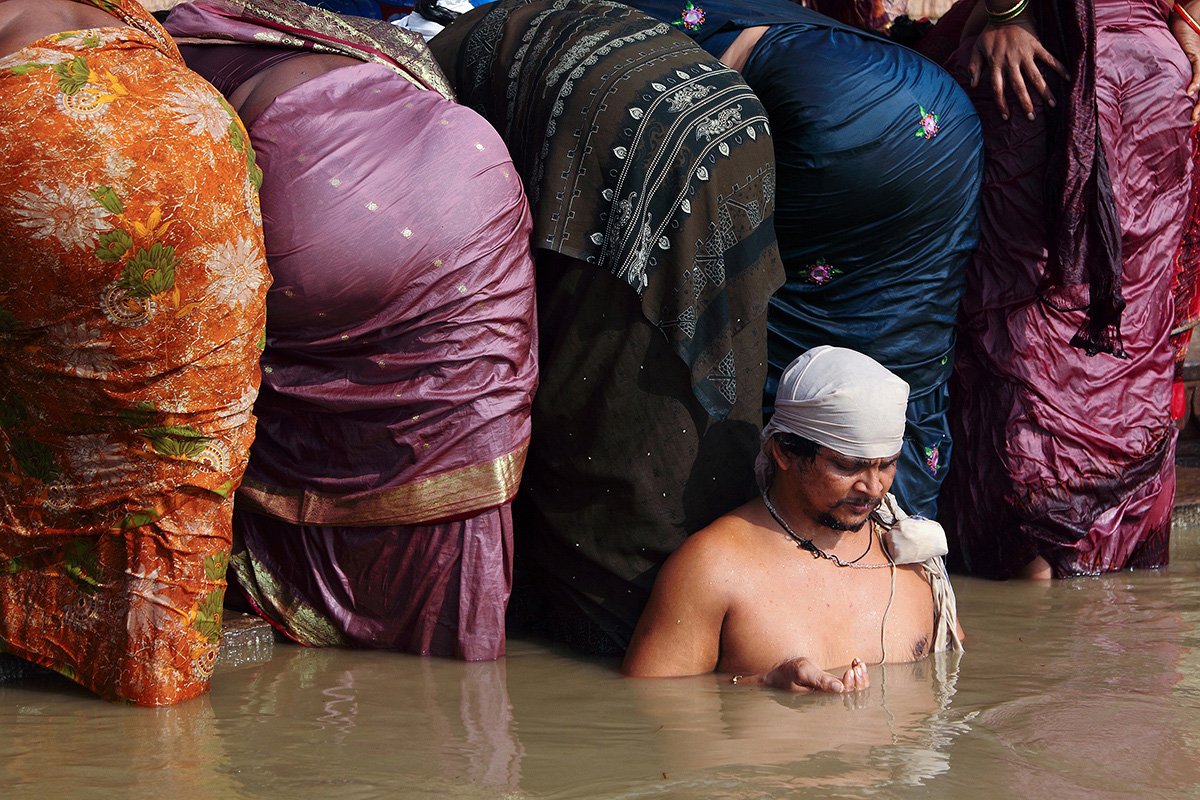

14. Due to easy availability of phone camera and highly globalized DSLR market, the young generation has very easy access to this field. Is this affecting the sanctity of photography or improving the aspect of photography?
Both. Easy access has given scopes to many people to take photographs and claim themselves as photographers. The cost and pain of taking photographs have gone down drastically. You don’t need to do investment in films, darkroom, printing (rarely people print), etc. It’s the social media platforms that are used by the masses today. While it has given enough scope to people to take many shots and experiment without fear of cost, it has also made people to think less and execute more. Thereby the ability to visually see something and visually read a photograph is going down at the same time. I think a clever photographer will use this to his or her advantage.
15. As we already talked how budding photographers getting involved in this genre if any of them ask you “How can I make my frame stand out of the crowd?” What would you tell?
This is a very interesting question. In fact, in one of my blogs titled “My 3Ps of photography” I had mentioned this, to tell in short, the three Ps are nothing but Practice, Practice and Practice.
Here the first P is Practice to develop REFLEX. As a street photographer, you need to develop the reflex, as you do for driving a car. The reflex should be developed through practice in such a way, that you cannot miss a good moment. The more you practice, the more you attain reflex. This will ensure that the right moment is caught in your camera. Half the battle is won!
The second P is, Practice to be BOLD and experiment new things. Failure is the pillar of success – we read in school. If you don’t try, you will not fail, and if you don’t fail, you will never succeed. This applies to every field, and photography is no exception. But why am I saying this here? It is all the more relevant when it comes to this art. I have seen many beginners as well as seasoned players, who always operate in their comfort zone and are happy with the output. They never experiment with new things, new composition. They never break rules, they hesitate to break the stereotype. They never succeed. If you want to continuously improve your frames, you have to experiment. You have to challenge yourself every moment. You have to be BOLD to break rules, try new things and experiment.
Our very own contemporary photographer Rohit Vohra said, “Imperfect is often perfect”. This means that every time you need not be perfect with the frame. “Sometimes it is better to capture the right moment with wrong settings than to capture the wrong moment with right settings”, he said. It’s okay to make mistakes, it’s okay to be wrong sometimes.
The third P is – Practice to develop Love and passion.
16. Oh, that’s really a great message to all of the budding photographers. Now-a-days YouTube has become one of the most popular platforms to learn photography. Please let us know, which one do you prefer most, books or videos and help us to understand your point of view here.
I use both. I think books cannot be replaced with anything. When I study the works of Henri Cartier Bresson through his book, “The Decisive Moment”, or the “Suffering of light” by Alex Webb or books of Raghubir Singh or Jayanta Saha, that’s a completely different thrill altogether.
YouTube channels today also provide very good tutorials and articles from many contemporary artists, which are informative too. These tutorials sometimes help us to get specific information and some videos are quite inspirational.
